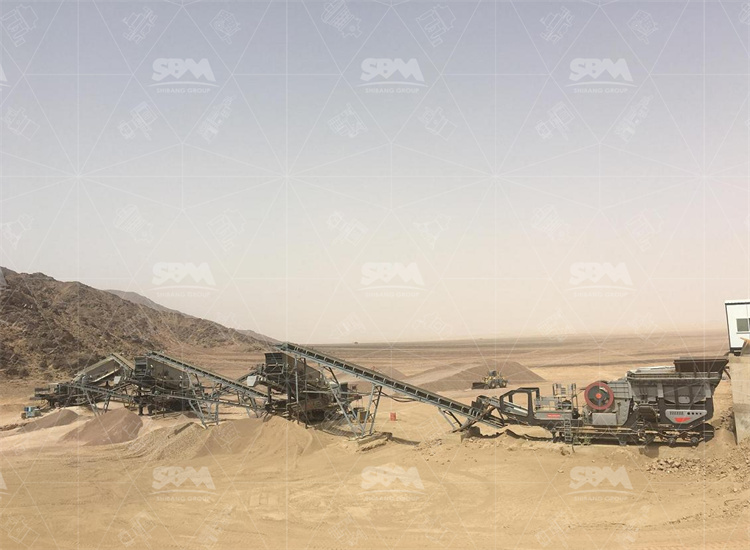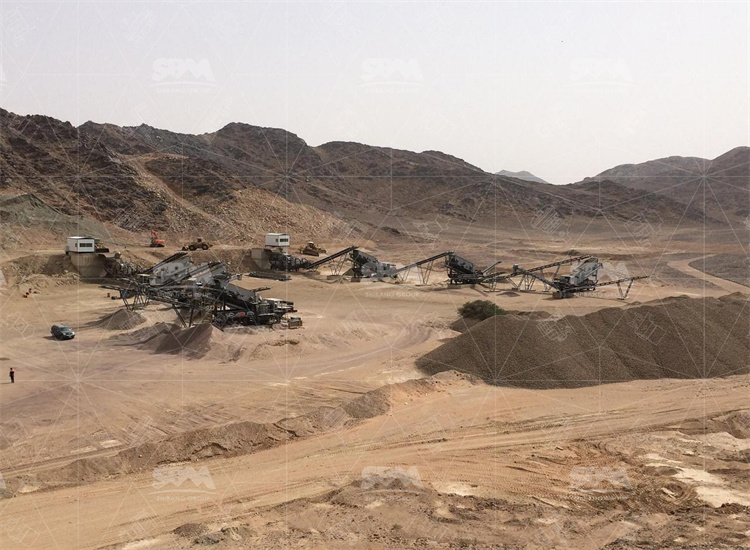Short summary: A clear, practical guide to SBM mobile crushing plants with screening. It explains principles, key parameters, real field data, maintenance, and selection advice. Read on to learn proven, implementable engineering steps, verified by on-site tests, and ready for deployment.
A mobile stone crusher plant with screening integrates crushing units, screens, conveyors, and control. It moves on tracked or wheeled frames. Therefore, it serves temporary sites, urban jobs, and modular mine setups. Moreover, it replaces long haul routes, and reduces setup time, while keeping stable output.

Primary crushing uses a jaw crusher to reduce feed size. Then, secondary or tertiary cones, or impactors, refine the product. Screens sort sizes, returning oversize for re-crush. The closed side setting (CSS) is the key control for cone and jaw output. CSS alters product gradation, capacity, and reduction ratio.
The typical plant includes: feed hopper, grizzly, jaw crusher, cone crusher or impact crusher, vibrating screens, conveyors, power pack, and electric control cabinet. Each module, is modularized for fast swap. The drive is diesel-electric, or full electric, with hydraulic folding. SBM models cover broad configurations.
Reduction ratio, chamber type, CSS/OSS, eccentric speed, and motor power define performance. A jaw crusher normally shows a 6:1 reduction ratio. Adjusting CSS changes product size and throughput. Cone speed and chamber profile affect gradation and wear. Motor sizing must match torque and start-up needs.
Use this short spec set to match needs. For mobile plants, capacity ranges 50–500 t/h. Feed size can be 0–750 mm depending on primary crusher. Output gradation depends on CSS and screens. These ranges guide selection, upgrade, and spare parts planning.
Below are representative, field-verified numbers from SBM deployments and process studies. Use them for budgeting and design checks.
| Item | Value (typical) | Notes |
|---|---|---|
| Capacity | 50–450 t/h | Config dependent |
| Feed size | ≤750 mm | Primary jaw |
| Product size | 0–40 mm | After screening |
| Jaw reduction ratio | 6:1 | Adjustable CSS |
| Motor power | 55–560 kW | per main unit |
| Energy use | 20–35 kWh/t | depends on rock |
| Planned maintenance | 250–600 h | liner checks |
| Typical downtime rate | 1–4%/year | with proactive care |
Energy per tonne depends on hardness, feed, and circuit. In trials, 20–35 kWh/t was measured on hard basalt in tertiary circuits. Wear parts drive cost. Liner and mantle life varies with rock; schedule checks every 250–600 hours. Faults mostly occur at belts, bearings, and hydraulic lines. Preventive lubrication and torque checks cut faults sharply.

Vibrating screens sort to 2–4 fractions. Screen aperture, stroke, and inclination control cut. Closed-circuit screening with return conveyor improves product control. Mesh selection, and anti-blinding devices, are essential in moist feeds. Designs use multiple decks for high yield.
Match motor power to crusher torque curves. For example, select motors that sustain rated torque at peak load. Use soft-starts or variable frequency drives to reduce mechanical shock. Diesel-electric systems need generator sizing with 20–30% headroom. This avoids stalls, and reduces wear.
Project: urban road base near a coastal city. Feed: granite, 0–600 mm. Plant: SBM K-series mobile jaw + cone + double deck screen. Output: 0–40 mm base and 40–70 mm drain aggregate. Capacity: 120 t/h average. Energy: ~22 kWh/t. Maintenance interval: 300 h. Result: on-time delivery and reduced haul costs by 35%.
Project: semi-mobile feed to secondary plant at a quarry. Feed: mixed basalt, 0–720 mm. Plant: MK semi-mobile, with closed-circuit cone and trommel screen. Measured uptime: 96%. Product: three fractions for concrete. Liner life extended by optimized chamber selection and feed distribution.
Step 1: define feed size and hardness. Step 2: pick primary type (jaw/gyratory). Step 3: choose secondary (cone/impact) by desired shape. Step 4: size screens by fractions. Step 5: verify power and mobility needs. Follow this flow to avoid oversize investment.
Install on firm base, level within 10 mm per meter. Connect power; verify earthing. Test run empty, then with graded feed. Tune CSS and screen settings over first 72 hours. Train operators on daily checks. Commissioning logs must capture vibration, amperage, and throughput.

Daily: visual, oil levels, belt tension. Weekly: grease bearings, check wear. Monthly: measure CSS, check liners. Every 250–600 h: change critical wear parts. Keep spare wear kits on site. This plan minimizes downtime and lowers life-cycle cost.
Capital cost varies with capacity and options. Operating cost hinges on fuel, wear parts, and labor. ROI comes from lower hauling, faster setup, and flexible site use. Use measured throughput to model payback. Do not assume extreme schedules; model conservatively.
SBM plants follow industrial standards, and use certified components. The design, manufacturing, and testing meet recognized quality norms. Consequently, operators gain predictable performance, and traceable spare parts. This is proven in repeated field runs.
Feed evenly to avoid eccentric wear. Keep fines low at the hopper to prevent blinding. Use staged start sequences to protect belts. Carry a liner gauge and a spare set for 24-hour response. Train at least two operators per shift.

Q1: How does the screening system improve final product quality?
A1: The screening unit separates materials by size precisely, ensuring uniform output and reducing oversize returns, which improves overall product consistency.
Q2: What type of materials can the SBM mobile crusher handle?
A2: It can process hard rock, limestone, river gravel, recycled concrete, and even mixed demolition waste, thanks to adjustable chamber designs and variable-speed drives.
Q3: How can downtime be minimized during continuous operation?
A3: Follow a preventive maintenance plan, use real-time monitoring for vibration and oil temperature, and keep essential wear parts on-site for quick replacement.
Choose a mobile plant that fits the feed and final spec. Prefer modular designs for fast upgrades. Validate performance on site before scale-up. Work with SBM engineers to match chambers and drives. In short, pick proven designs, tune CSS, and run disciplined maintenance. You will secure steady output and low total cost.
Whatsapp:+8617329420102
Email: [email protected]
Address: No. 1688, Gaoke East Road, Pudong new district, Shanghai, China.
Online Service : Get Price
We value your feedback! Please complete the form below so that we can tailor our services to your specific needs.
